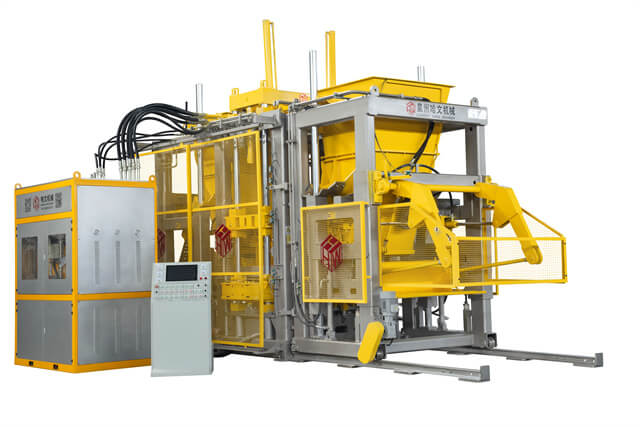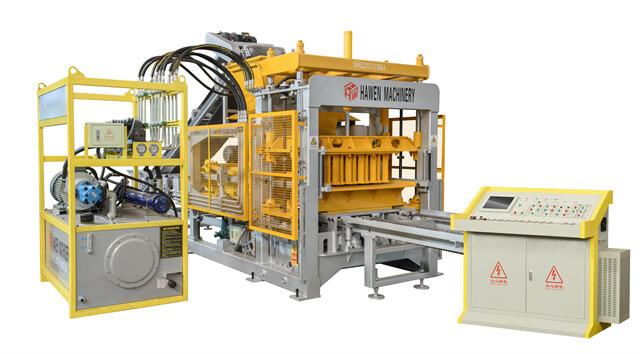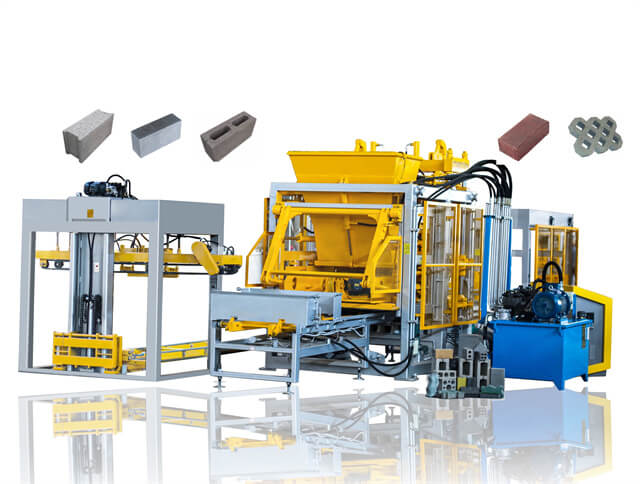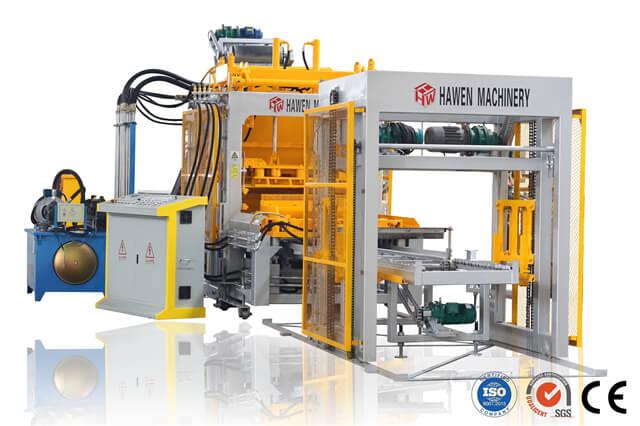Author:HAWEN Block MachineFROM:Brick Production Machine Manufacturer TIME:2024-09-19
In the construction and manufacturing industry, brick machines play a crucial role in producing high-quality bricks used in various building projects. As these machines are essential for modern construction, understanding their electricity consumption is vital for cost management and environmental considerations. This article explores the electricity consumption of a brick machine production line, detailing the factors that influence power usage, the different types of brick machines, and strategies for optimizing energy efficiency.
Brick machine production lines are designed to automate the process of making bricks, which involves mixing raw materials, shaping them, and curing them. These production lines can vary significantly in size and complexity, from small, manual setups to large, fully automated systems. The electricity consumption of these lines is influenced by several factors, including the type of machine, its production capacity, and the energy efficiency of the equipment used.
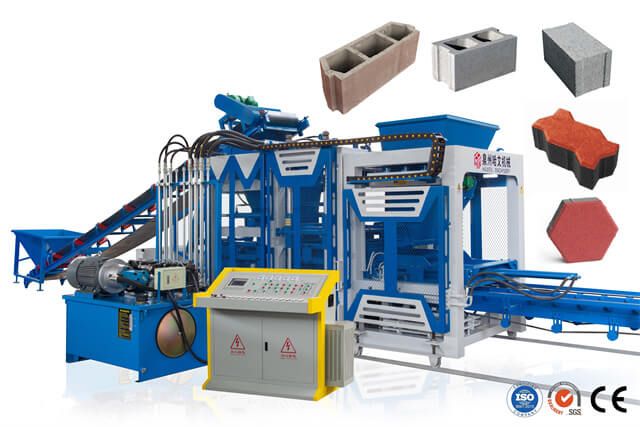
There are several types of brick machines, each with different electricity consumption profiles. The most common types include:
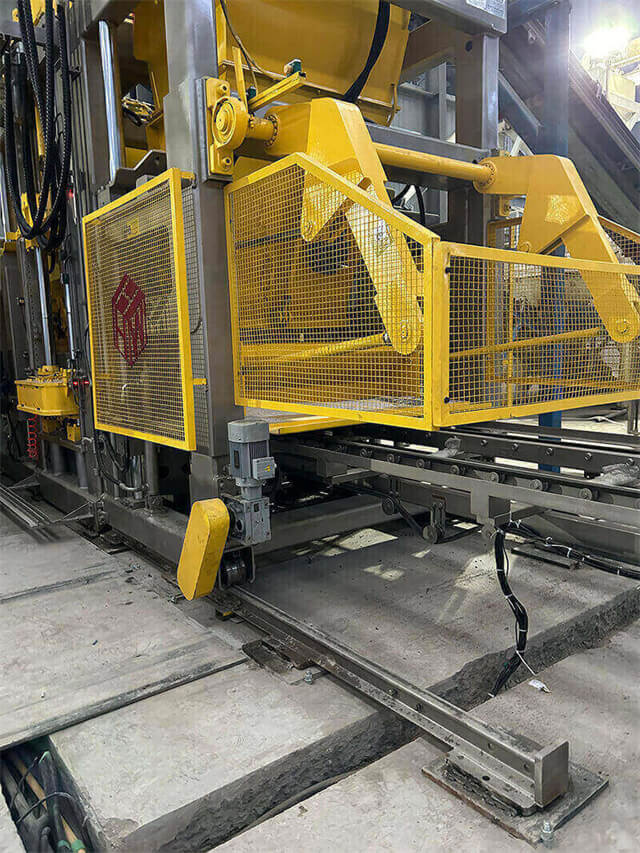
Several factors affect the electricity consumption of a brick machine production line:
To estimate the electricity consumption of a brick machine production line, it's essential to consider the power rating of each component and the overall production hours. The basic formula for calculating electricity consumption is:
Electricity Consumption (kWh) = Power Rating (kW) x Operating Hours
For a more accurate estimate, detailed data on the power consumption of each machine and component within the production line should be gathered. This includes mixers, presses, conveyors, and curing chambers.
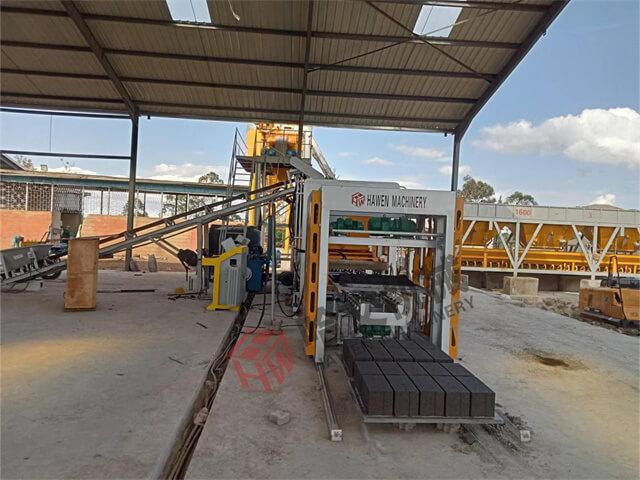
Reducing electricity consumption in a brick machine production line can lead to significant cost savings and environmental benefits. Here are some strategies to consider:
Understanding and managing the electricity consumption of a brick machine production line is essential for both economic and environmental reasons. By considering factors such as machine type, production volume, and energy efficiency, manufacturers can make informed decisions to optimize their energy usage. Implementing strategies such as investing in energy-efficient equipment and performing regular maintenance can lead to substantial cost savings and a reduced environmental footprint. As the industry continues to evolve, staying informed about advancements in energy-efficient technologies will be key to maintaining a sustainable and cost-effective brick production operation.
